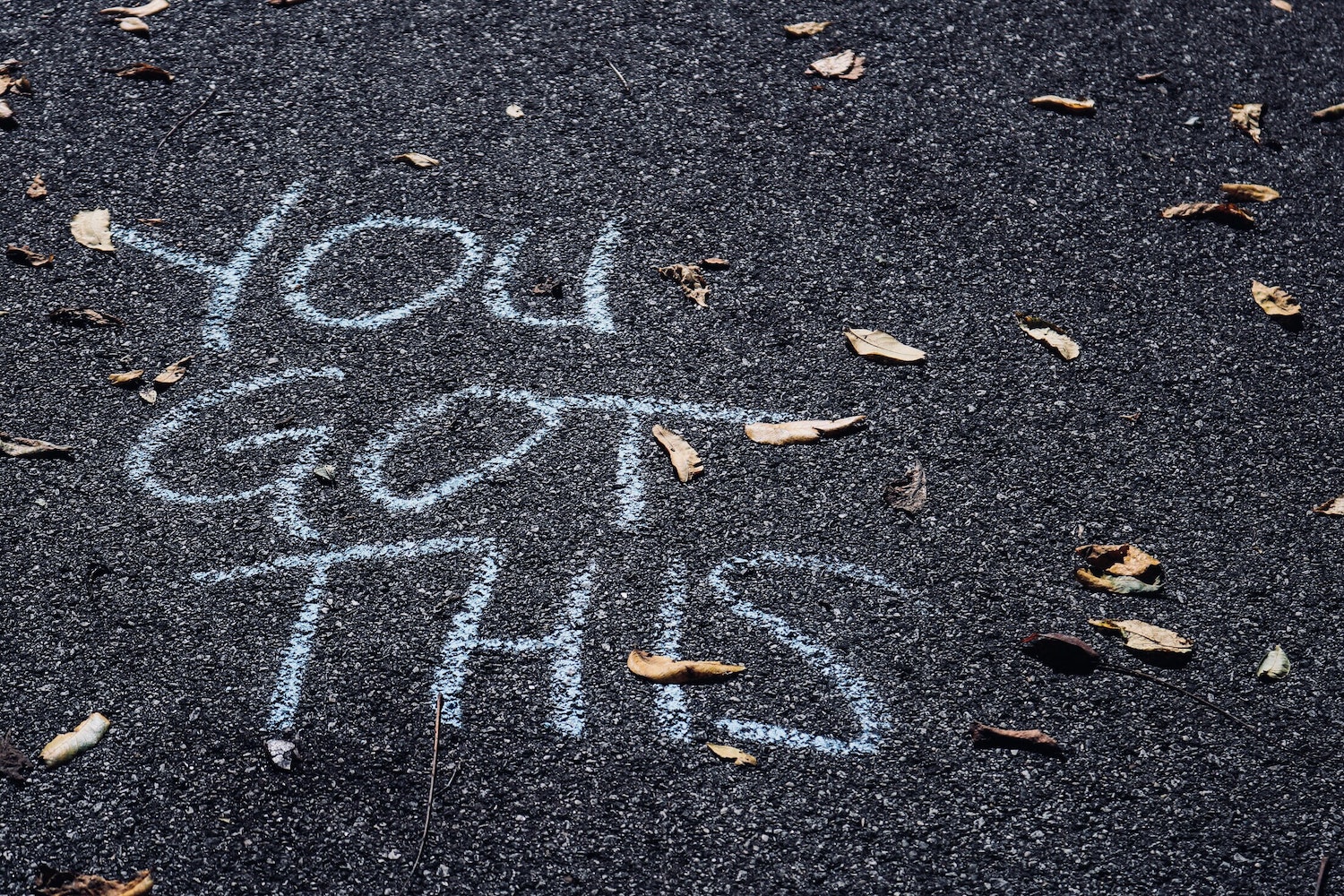
Looking back to December 31, I remember wishing for a better year ahead. Having faith in change and new beginnings, alongside my action-packed list of resolutions. Now, looking at my diary, I don’t know how we are already in April and discussing upcoming summer camps for my children. It’s uncanny how we have just gotten used to 2021 and it’s flying right by us.
This year was going to be filled with change. We had dreams and hopes. I am sure, you, too, made some inspiring resolutions to take you through this year—remember those?
According to Forbes, around 50 per cent of people make resolutions in January, maybe to find a new job, get fit, stop smoking and so on. By February, however, 80 per cent of those resolutions are forgotten. Sounds familiar?
I was definitely that overenthusiastic person with fabulously crafted resolutions to turn my life around. There is so much pressure, whenever a new year is around the corner, to create goals and visualise what we want—yet so many of us fail so quickly. Maybe those resolutions aren’t that meaningful, too unattainable, or unrealistic?

Goal-setting is definitely a way to fuel motivation and create a positive outlook for the future. In my Getting to Happy™ box set of cards, we aim to understand the science behind it.
When we set goals, we bring a sense of optimism to our lives, helping us to overcome challenges and adversity. When we connect to our dreams and envision what we truly want in our lives, we are motivated to accomplish them. Focusing on the task, or goal, somehow boosts confidence and promotes a sense of well-being.
Setting goals for the year is wonderful, but often, the pressure to accomplish them all within a set time frame can be overwhelming.
Going for goals we are truly connected to and devising a way to realise them will help keep us on track. It’s one thing to simply think of goals we want to achieve, but another to have a plan to get there.
Achieving them has a ripple effect that goes into other aspects of our life, like building resilience and strength to challenge ourselves further. Once we check off and accomplish small tasks or goals, our brain releases dopamine, which makes us feel good. This surge in happy hormones encourages us to keep going.

Now, back to your New Year’s resolutions. Setting goals for the year is wonderful, but often, the pressure to accomplish them all within a set time frame can be overwhelming. There can be stress and anxiety from wanting to stay on track despite your hectic life—this can, at times, become a tripping stone en route to achieving your objectives.
I’d like to encourage you to revisit your goals. How do you feel about them right now? Are they still meaningful to you? Can you break those big overwhelming goals into smaller bite-sized pieces? It’s easier to tackle smaller goals, and being able to achieve them helps fuel us to stay motivated on the course to scoring the grand outcome you envisioned.

I also want to toss out the notion that you can only kick-start changes to your life on the first day of the year. Every month, every start to the week, every start to our day is a new beginning. You control how you use and act on every second of your life. It’s never too late.
Tomorrow, when you wake up, think of the day as January 1 again. Break up your dreams into SMART goals (Specific, Measurable, Attainable, Realistic, Time-bound), give yourself room to manoeuvre—in other words, the allowance to fail, learn from your mistake and stand back up and tackle it all over again. Every day is a gift, and an opportunity to make the choices you want, so you can achieve all that you truly desire.
This article was originally published on Tatler Asia on 22 April, 2021.
Copyright 2024 © Getting To Happy™